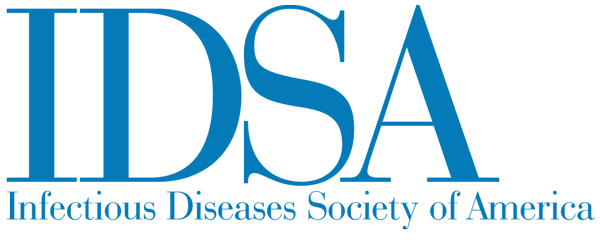Clinical Practice Guidelines for the Evaluation of Fever and Infection in Older Adult Residents of Long-Term Care Facilities: 2008 Update by IDSA (Archived)
Published CID,
Kevin P. High, Suzanne F. Bradley, Stefan Gravenstein, David R. Mehr, Vincent J. Quagliarello, Chesley Richards, Thomas T. Yoshikawa
Abstract
Residents of long-term care facilities (LTCFs) are at great risk for infection. Most residents are older and have multiple comorbidities that complicate recognition of infection; for example, typically defined fever is absent in more than one-half of LTCF residents with serious infection. Furthermore, LTCFs often do not have the on-site equipment or personnel to evaluate suspected infection in the fashion typically performed in acute care hospitals. In recognition of the differences between LTCFs and hospitals with regard to hosts and resources present, the Infectious Diseases Society of America first provided guidelines for evaluation of fever and infection in LTCF residents in 2000. The guideline presented here represents the second edition, updated by data generated over the intervening 8 years. It focuses on the typical elderly person institutionalized with multiple chronic comorbidities and functional disabilities (e.g., a nursing home resident). Specific topic reviews and recommendations are provided with regard to what resources are typically available to evaluate suspected infection, what symptoms and signs suggest infection in a resident of an LTCF, who should initially evaluate the resident with suspected infection, what clinical evaluation should be performed, how LTCF staff can effectively communicate about possible infection with clinicians, and what laboratory tests should be ordered. Finally, a general outline of how a suspected outbreak of a specific infectious disease should be investigated in an LTCF is provided.
For the full list of references, please visit Oxford Academic, Clinical Infectious Diseases online.

